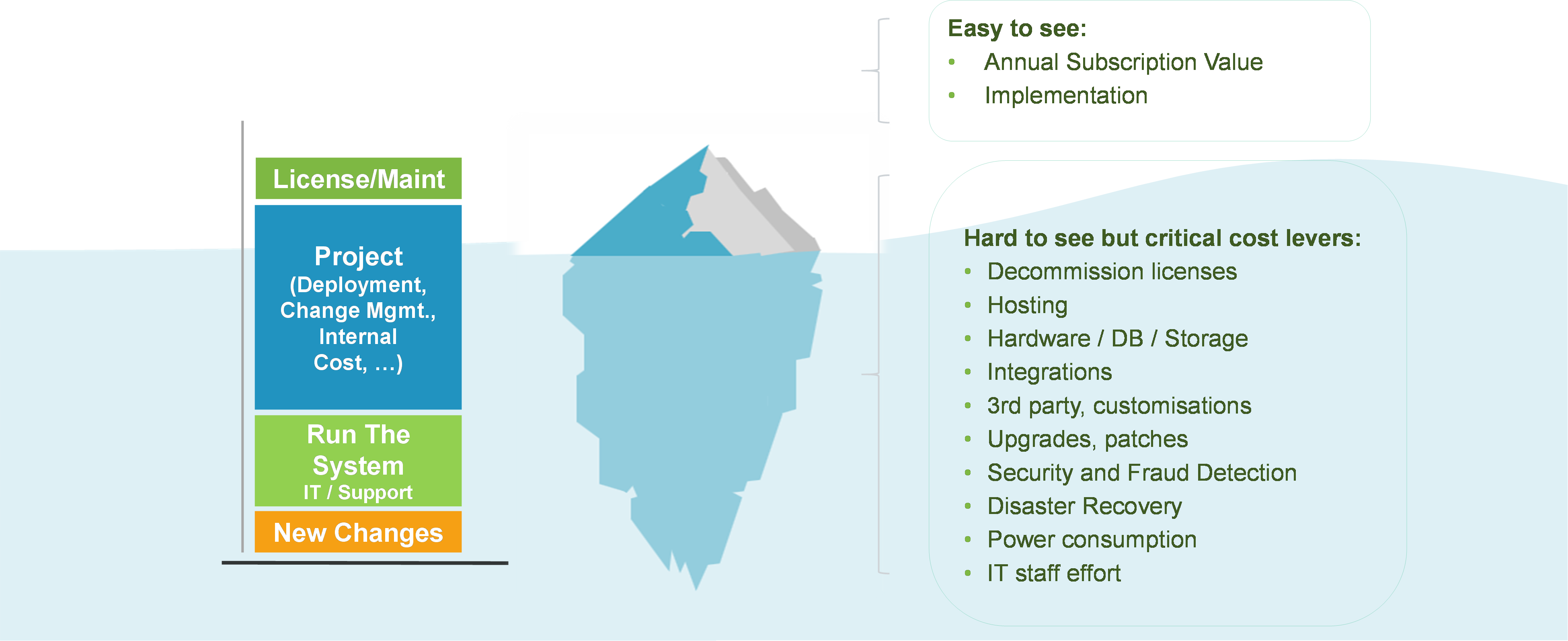
Value vs. Price - Understanding the value and outcomes of SaaS ERP
How do you enable and measure the value of SaaS ERP?
In today’s world of the educated buyer, it is imperative for any organization to articulate the value of its offerings in a relevant and differentiated manner. This rings especially true in the SaaS world, where buyers have moved away from the world of upfront costs towards a world where they expect continuous value that can be realized and maximized through products and solutions in the cloud. This cannot be more succinctly explained than the quote below from Simon Sinek:
Value is not determined by those who set the price. Value is determined by those who choose to pay it.
As professionals, we’re constantly searching for the best product at the best price. But are we searching for the best solution with the best value? This article will dive a little deeper into this idea, with a focus on the SaaS ERP segment and, in particular, Unit4 ERP.
Outcomes-Based Selling
To explain the value of Unit4 ERP, let’s use an analogous example of buying an Electric Vehicle (EV).
After visiting their site and choosing the model and spec you want, they can effectively illustrate seemingly high costs into something that is palatable for the masses. They do this by articulating the value that this vehicle can provide you across various dimensions:
- Direct cost take-outs and savings from either eliminating gasoline costs or grants/rebates received from government bodies to encourage use.
- Removing the need to go to the petrol station in your free time and thereby optimizing your overall productivity as it relates to your car.
- Using the HOV (high occupancy vehicle) lane during congested commutes.
- Automatic software updates and continuous innovation applied to the car, increasing capabilities and safety features over time.
Historically, businesses have focused on up-front costs when acquiring a new software solution—very much like purchasing a traditional car. You pay, you get the car, and you keep.
However, in today’s service-driven economy, the focus has shifted from an up-front cost to a more holistic lifecycle cost that can tangibly enable strategic business objectives and outcomes for the end-users, as the above EV example shows.
Let’s look at two lenses from the view of organizations in the ERP world: why they are looking for cloud solutions and what selection criteria they use to determine the right software partner.
Key catalysts for a move to the cloud
- Enabler for growth & scale
- The need to digitally transform
- Become operationally efficient
- Provide a better people experience
- Simplify the need to update an outdated, highly bespoke system
All of these are tied to clear outcomes they are trying to achieve.
Selection criteria
- The need for a solution that is right for their industry
- Has the capability to run an efficient function
- Provides an easy UX
- Can extend and work with the broader landscape
- Is compliant
All of these are tied to clear outcomes as well.
Understanding ERP Outcomes
When talking with C-level executives from PSO organizations about how they measure value, akin to the EV example outlined earlier, four themes typically emerge, all of which can be enabled, measured, and monitored via Unit4 ERP:
1. Total Cost of Ownership (TCO): These are costs that can be eliminated or avoided by moving to the cloud. Think of all the ongoing expenses of living with and managing an on-premise solution. Notable cost saving opportunities include the cost of customizations, cost of upgrades, time and effort spent on integrations and disaster recovery, spend across on-premise hardware estate, and investments in SSO/security/fraud, etc.

2. Efficiency Improvements: Improving the efficiency of key functions, such as finance, HR, and IT, by providing a system that can automate key processes, provide configurability in designing new processes and allow for self-service across the entire user population. This allows Finance and HR to transform their delivery approach from a transaction-heavy focus to an information-driven focus.

3. Business Effectiveness: The Covid pandemic has thrown a big spotlight on the CFOs and CHROs, with CEOs increasingly looking to them to help shape strategy and steer the ship through significant business model upheavals.
We see growing demand for CFOs to provide information-driven insights across planning, budgeting, and forecasting, as well as the processing and analysis of non-financial data. Such insights can yield significant benefits to the top and bottom line. Notable examples include a reduction in rogue spend on procurement and expenses, faster close time, better identification of at-risk customers, and optimization of working capital via better variance detection.
Similarly, the CHRO’s role has evolved significantly, and in today’s climate, where people are resigning en masse for better pastures, it is critical to have strategies in place for attracting, retaining, and promoting talent within the workplace. Unit4 ERP acts as a key enabler by providing a single system through which leaders can get fast, accurate real-time data and insights around their workforce to better inform decision making. Notable benefits include better internal mobility and promotions, optimized L&D programs, faster time to fill critical positions, and improved compensation planning.
4. Engagement: All the above benefits will not materialize if your system does not encourage adoption across your organization. Having an intuitive, easy to use system that allows for optimal working within your workspace, acts as your Digital Assistant, and recommends the best course of action will go a long way towards creating an engaged workforce. This, in turn, creates significant business value by enabling a seamless onboarding experience, allowing for self-service efficiencies, and reducing frustration, all of which play a role in reducing attrition.
Conclusion
Demonstrating continuous value is now expected, so, as with the analogy of buying an electric vehicle, value must be presented as outcomes that can be constantly measured and monitored and will make the buying decision a breeze. The shift toward understanding lifecycle costs and then achieving strategic business objectives through an information-driven focus has led to a change in how value is measured. Outcomes such as cost saving opportunities, efficiency improvements, information-driven insights, and a more engaged workforce underpin a compelling business case to invest for the future.





